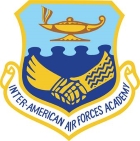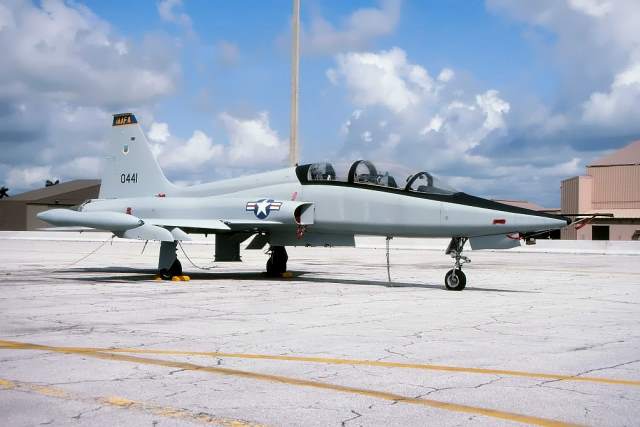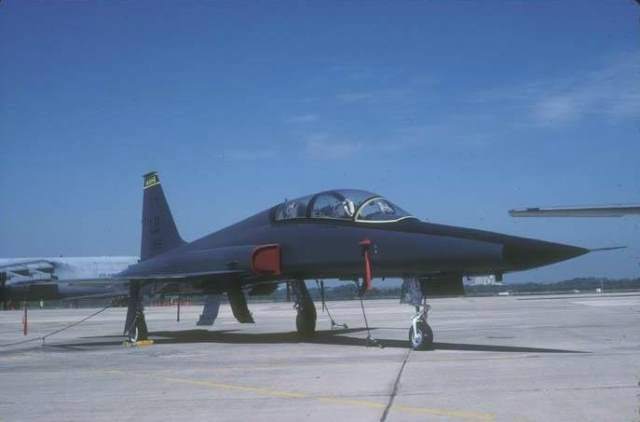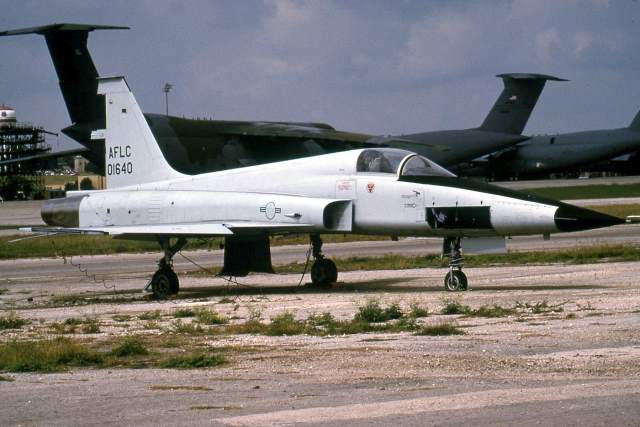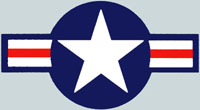
 Credit: Roundels of the world
Credit: Roundels of the world
Last update 21-08-2016

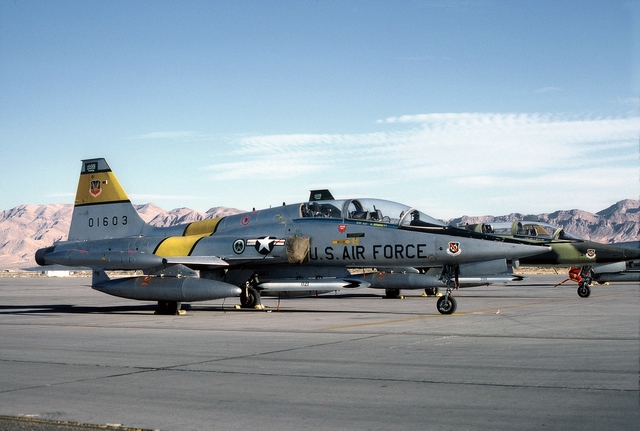
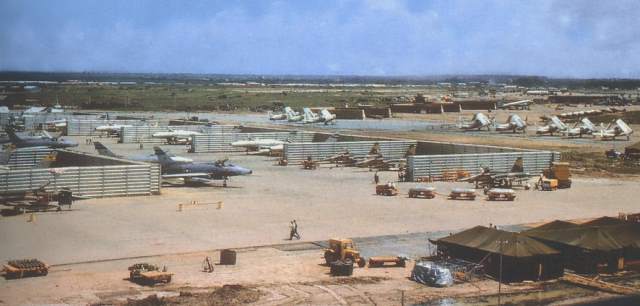
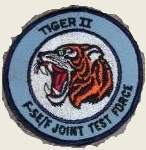
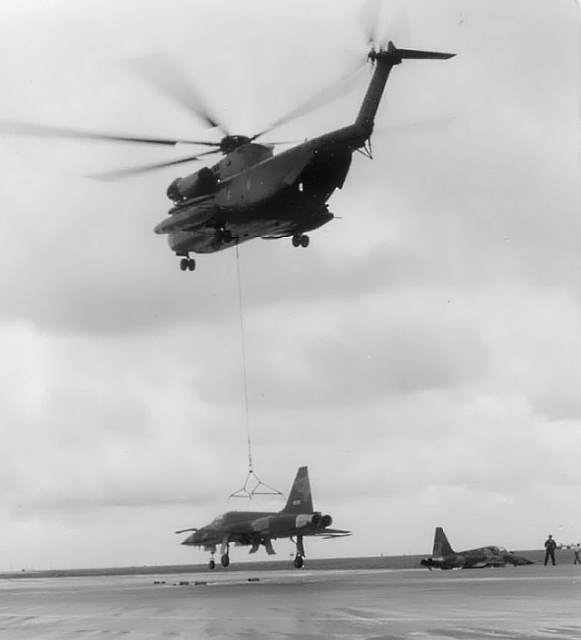
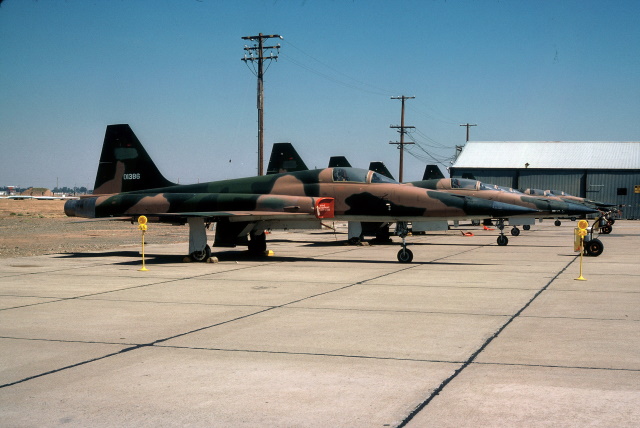
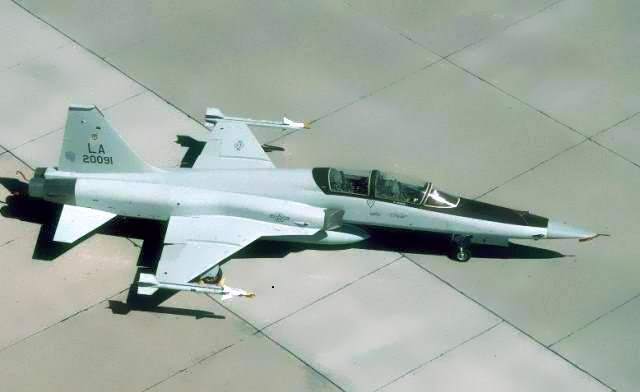
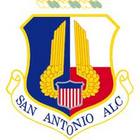 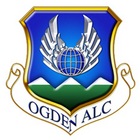 Maintenance of the Northrop F-5 fleet was taken care at logistic centers: the airframe initially at the San Antonio Air Logistics Center, Kelly AFB (SA-ALC), other parts at various US centers; airframe maintenance was later transferred to the adjoining Ogden Air Logistics Center AFB, Hill AFB, on 30-09-01 when the Logistcs Center at Kelly AFB was closed. |
